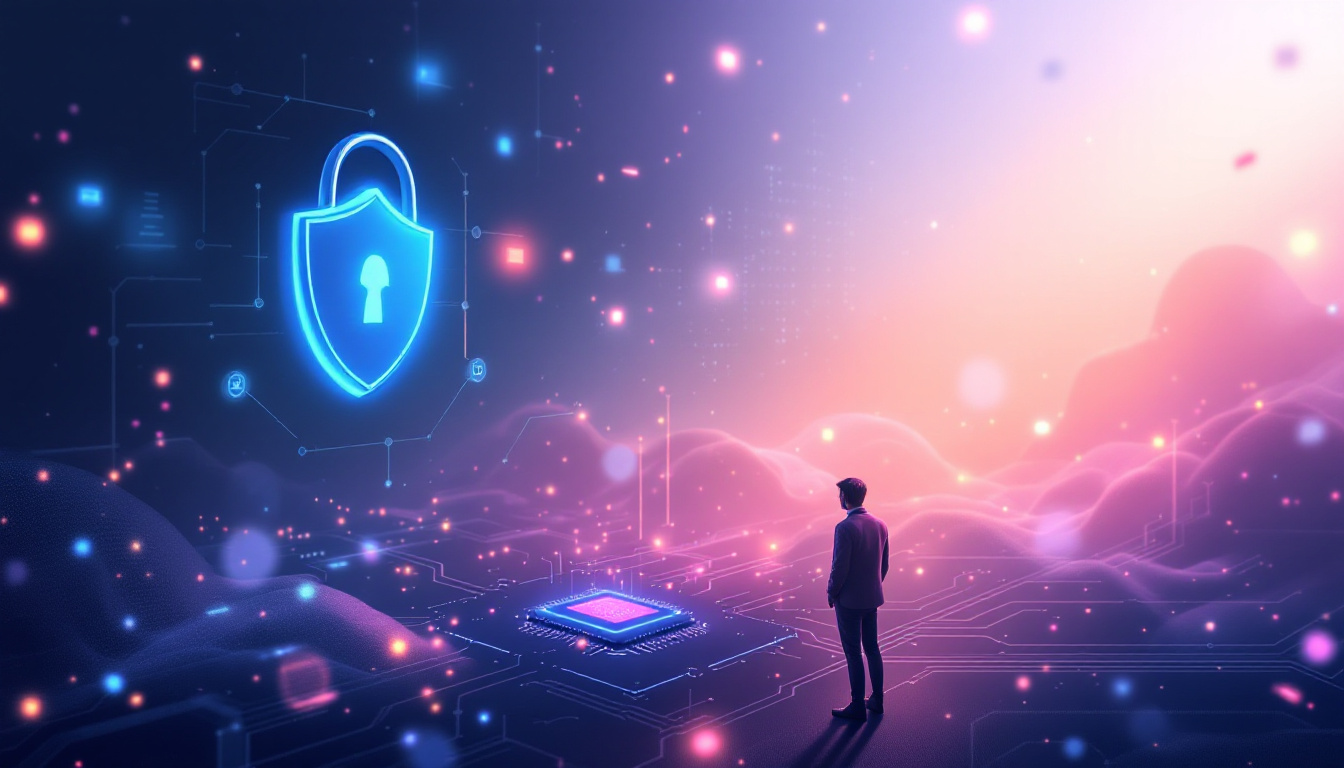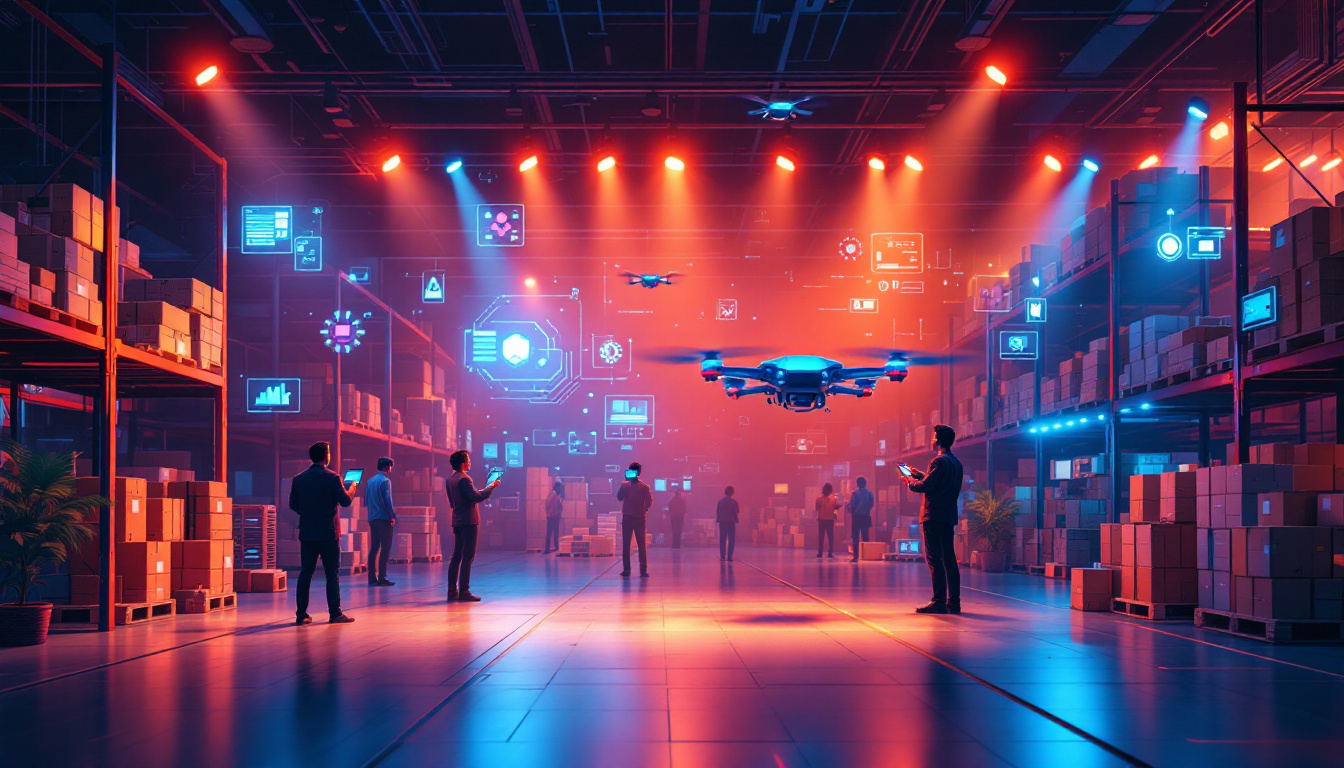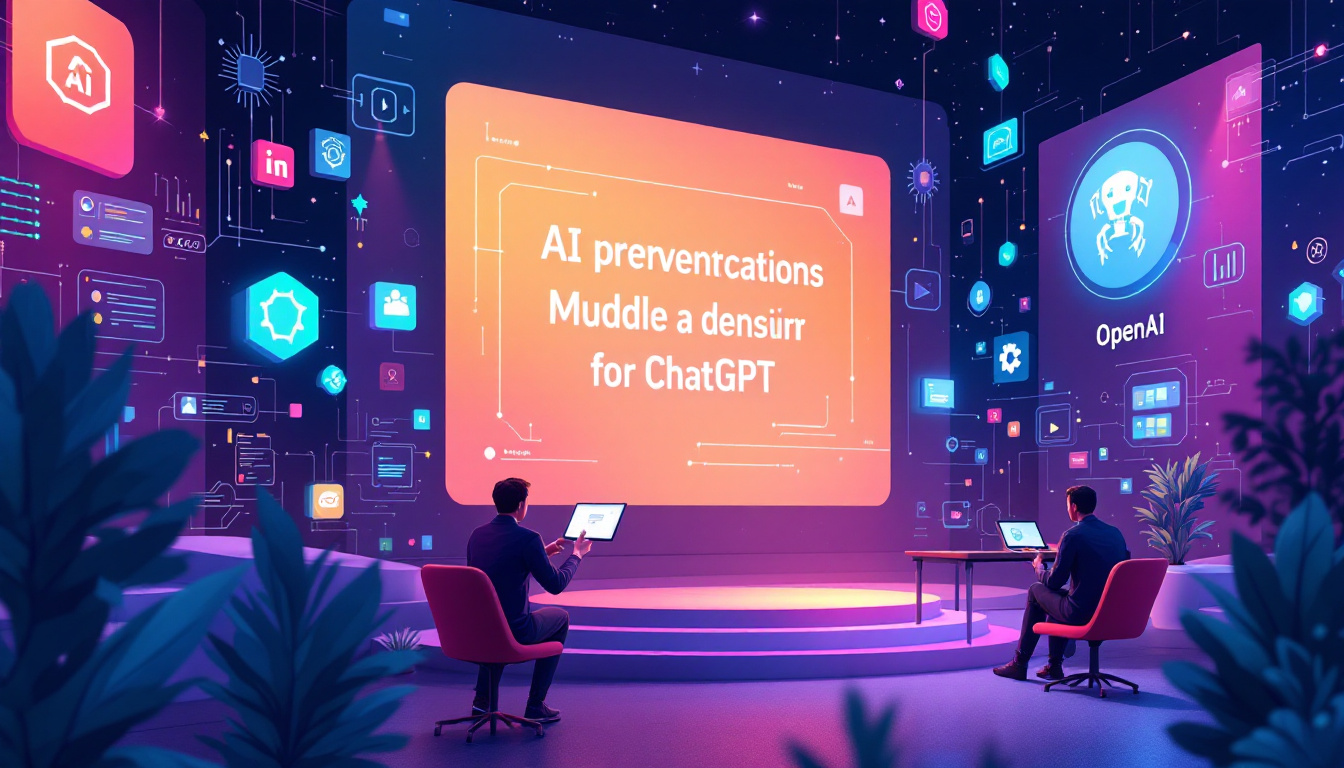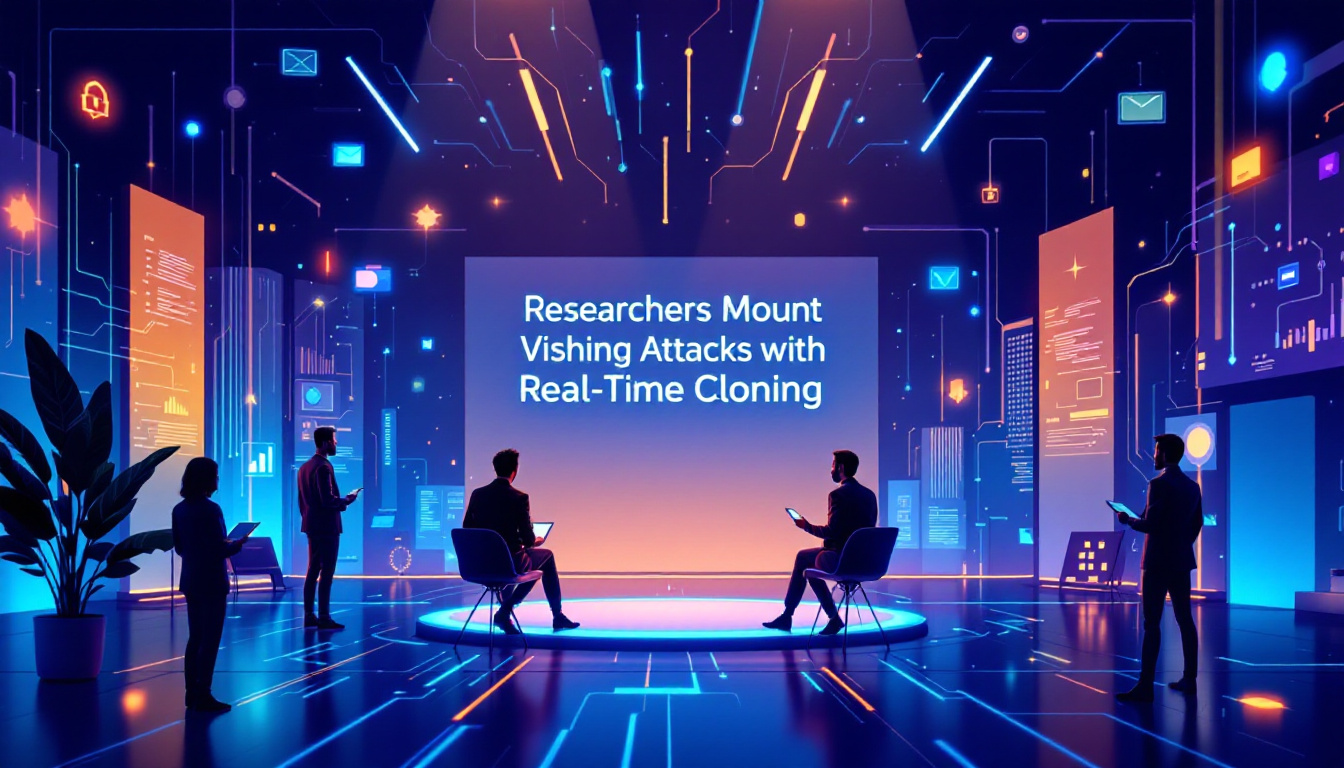The Future of Cybersecurity: Predictions You Should Know
The digital landscape is evolving faster than ever, and cybersecurity remains a top priority for businesses, governments, and individuals alike. As threats become more sophisticated, the tools and strategies to combat them must also evolve. In this blog post, we'll explore key predictions for the future of cybersecurity and what they mean for you.
1. AI and Machine Learning Will Drive Cybersecurity Innovation
Artificial intelligence (AI) and machine learning (ML) are becoming essential tools for detecting, analyzing, and responding to cyber threats. These technologies enable faster identification of patterns, anomalies, and potential breaches.
- Predictive Threat Analysis: AI can forecast potential vulnerabilities before they are exploited.
- Automated Responses: ML algorithms can automate security protocols to mitigate risks in real-time.
- Customized Security Solutions: AI-driven tools can tailor defenses based on specific organizational needs.
How to Leverage AI for Cybersecurity?
Organizations should invest in AI-powered security platforms and train personnel to understand their capabilities. Combining human expertise with machine intelligence offers a robust defense.
2. Cloud Security Will Become Paramount
As businesses increasingly migrate to cloud environments, securing these platforms becomes critical. Cybercriminals are targeting cloud infrastructures due to the vast amount of sensitive data housed within.
"By 2025, more than 80% of companies will rely exclusively on cloud-based solutions" – Industry Report
To ensure cloud security, organizations must:
- Adopt strong encryption methods.
- Implement multi-factor authentication (MFA).
- Regularly audit access controls.
3. The Rise of Quantum Computing and Its Implications
Quantum computing promises unprecedented computational power, but it also poses risks to current encryption standards. Cybersecurity must adapt to protect against quantum-based attacks.
What Can You Do?
Start exploring quantum-resistant cryptographic solutions to safeguard sensitive information for the future.
4. Increased Focus on IoT Security
The Internet of Things (IoT) continues to expand, connecting everything from smart homes to autonomous vehicles. However, these devices are often vulnerable to attacks due to weak security protocols.
- Secure Device Firmware: Ensure regular updates to prevent exploitation.
- Network Segmentation: Isolate IoT devices from critical systems.
- Enhanced Authentication: Use strong passwords and biometric authentication wherever possible.
5. Cybersecurity Regulations Will Tighten
Governments worldwide are implementing stricter cybersecurity laws to protect sensitive data and reduce cybercrime. Non-compliance can lead to hefty fines and reputational damage.
Key Regulations to Watch
Stay informed about regulations such as GDPR, CCPA, and upcoming legislation focusing on AI and digital privacy.
FAQs
- What is the biggest cybersecurity threat right now?
- Ransomware attacks are currently one of the most significant threats, targeting businesses and individuals alike.
- How can small businesses improve their cybersecurity?
- They can invest in affordable security solutions like firewalls, antivirus software, and employee training programs.
- Are quantum computers already being used for cyber attacks?
- No, quantum computing is still in its early stages, but its potential risks to encryption are being actively studied.
Conclusion
Cybersecurity is an ever-changing field that requires constant vigilance and adaptation. By understanding these predictions and preparing proactively, individuals and organizations can stay ahead in the fight against cyber threats.
To stay updated on the latest trends and insights, subscribe to our newsletter.



